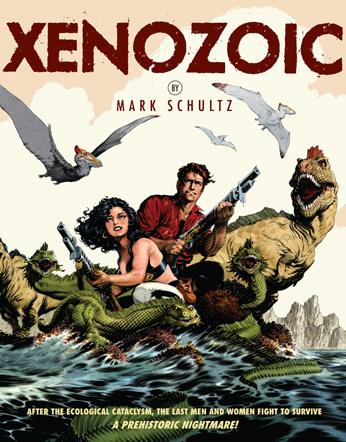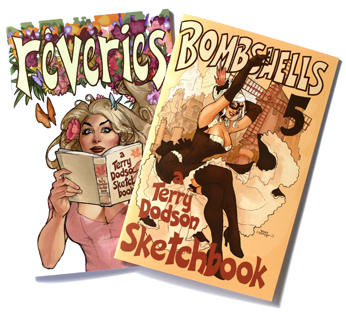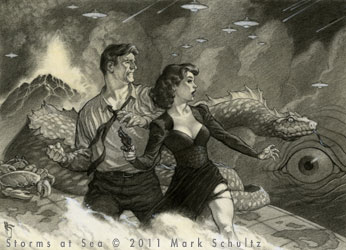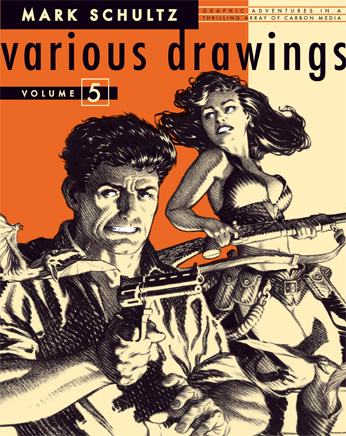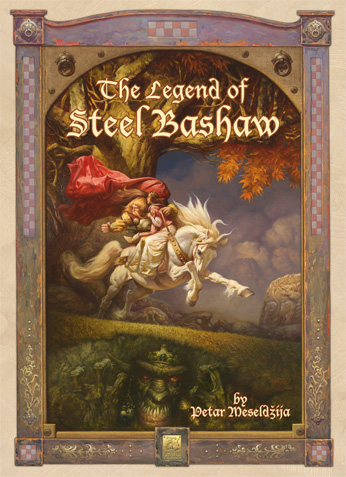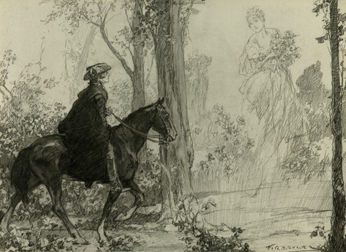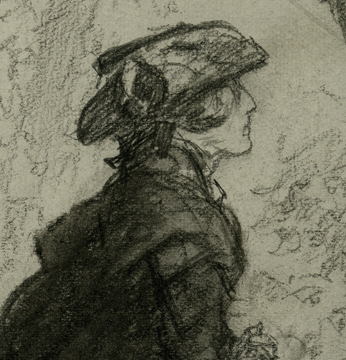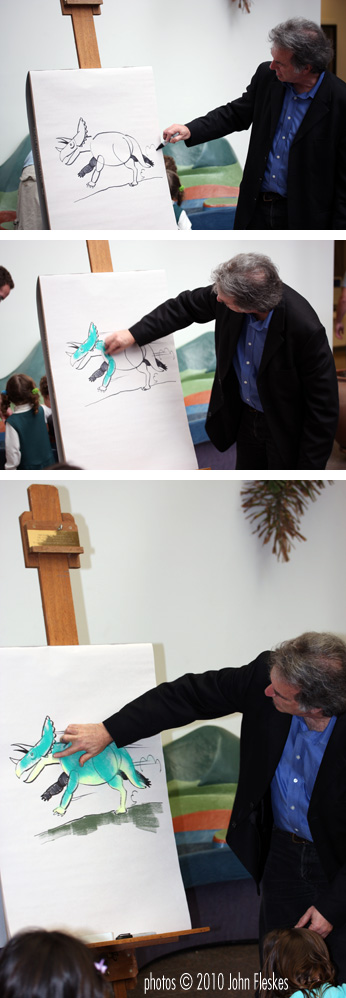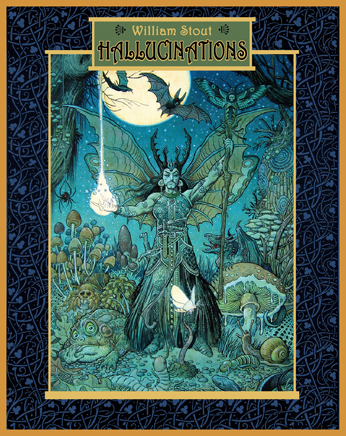Alex Deuben has written a touching and well thought out article exploring Al Williamson’s career and the person, which has been made available on the Comic Book Resources website. You can read it here.
He covers all the major highlights from Williamson’s days at DC, EC, Marvel and Warren to working on Flash Gordon, Star Wars and X-9. Also featured is an exploration of the books collecting his work, including Al Williamson Archives and Al Williamson’s Flash Gordon, as well as material reprinted by IDW and Dark Horse.
Anyone interested in a good introductory Williamson biography will enjoy this article.
John Romita, Jr., George Lucas, Tom DeFalco, Mark Schultz and myself were all interviewed and have quotes in the article. Alex asked me a series of questions for possible use. He was able to use a handful of my responses. I am sharing our question and answer session in full here.
John Fleskes Interview Regarding Al Williamson Archives Volume 1. Conducted in July, 2010.
Alex Dueben: How did you first come to be introduced to Williamson as a person and his work?
John Fleskes: My first exposure to Al Williamson was his work as an inker over John Buscema, John Romita Jr, Rick Leonardi, and Mike Mignola. This was during the mid to late eighties when Al wasn’t doing much pencil work. I was in my early teens and just getting into comics. His collaborations with these artists are still some of my favorite comic runs from that time period, especially the Daredevil run with Romita Jr.
It wasn’t until about 1991 that I discovered EC comics and Al’s pencil work in Weird Science and Weird Fantasy. Soon after I learned about his work in Atlas comics in the mid-fifties, followed by his various movie adaptations and individual stories appearing in the early to mid-eighties. By the time the 1995 Marvel Comics two-issue Flash Gordon that Al illustrated came out I had a substantial collection of material he was involved with. Something about his art resonated with me. He has a streamlined classic approach, combined with a hip feeling that was alive and real to me. I think Al was one of my influences to look outside of superhero comics and branch out more to the adventure realm and to the past illustrators. He was an early bridge for my discovery of Alex Raymond and Roy Krenkel, to name a few.
The first time I met Al was at the San Diego Comic-Con in 1997. I was shy at the time and had to build my nerve to talk to artists and professionals. Al made me feel comfortable right away and gave me considerable time. He answered my questions, signed some of my comics and did a sketch in my sketchbook. He was a combination of the perfect gentlemen coupled with a hysterical wit. I found this personality to be consistent every time I saw him.
Dueben: The first volume of the Al Williamson Archives comes out this month. How long has this project been in the works?
Flesk: I wasn’t in the works for that long. I believe we began talking about the idea soon after Al’s Flash Gordon book was published last summer. Mark Schultz and I visited the Williamson’s in early January of this year to go through Al’s artwork and select and scan what we would use for the first two volumes of the Al Williamson Archives. I planned for us to do the first two volumes at the same time. Within four months we had volume one complete and off to the printer. The designer, Randy Dahlk, already has the second volume about 80% complete.
The idea behind this series was to do a book of Al’s personal work that is mostly unpublished, while providing the viewer of the book to have an intimate experience with Al’s art. What I mean by that is to reproduce the artwork in its original form as if you were actually flipping through the originals. Al was a generous host and friend. This book serves as an extension of his enjoyment in sharing his art collection with his guests. We want to mimic a personal experience as best we can so there is a feeling of the artwork actually being in your hands.
Dueben: He of course died last month and towards the end of his life suffered from Alzheimer’s, but how involved were his wife and the Williamson family on this?
Flesk: As Al’s affliction steadily took its course Cori served as an extension of Al’s desires and wishes, and she continues to do so now. She is a steady rock and helps to guide us so Al’s art is represented appropriately. For the Archives books Mark Schultz, Cori and myself had a discussion about how Al would like to see his work reproduced. I then provided Randy with our feedback and roughly 230 selected images and turned him loose to design the first two volumes. Once the first book was complete, I provided Cori with a print out for her thoughts. Then we make any corrections, if necessary–then it’s off to the printer.
Dueben: This is going to be a series and there are themes to each volume. How did you decide on them and what is the theme of the first one (and the next few if you’re willing to) and what were you trying to achieve with the book? Is it just a sketchbook or is it something more?
Flesk: I’d like to think of these as something more than sketchbooks. I’m always thinking of how we can push the quality and design of the book to make them stand out and better represent an artists’ work.
Al’s artwork fell easily into different categories and we then grouped the art together based on what felt natural. The first two volumes show a range of preliminary works spanning 50 years, from the late forties to the late nineties. So you get bits of early work from his pre-EC days all the way to his later personal drawings. There is fantasy and sci-fi pieces, fifties western and unfinished strip art, dinosaurs, female renderings, just a broad array of the various genres that have made Al’s work memorable and different enough to stand out from the pack. Even though they can be classified as such, personally I find them to be more than sketches. They serve as the evolution and thought process behind a master storyteller.
After volume two the themes will focus more on specific projects he worked on. I would be willing to mention the planned ideas for volumes three and four now, but I need to get the permissions sorted out first. You can also expect to see more historic essays relating to each theme. So, the first two will be a range of personal works, and then we will get into more specific themes.
I want to make sure each book is an improvement on the previous volumes. Otherwise they wouldn’t be worth doing. We’ll keep going as long as we can improve each volume.
Dueben: Now you published Al Williamson’s Flash Gordon last year and you’ve published a lot of amazing books on illustrators and artists like Joseph Clement Coll, Franklin Booth, James Bama, Harvey Dunn, and then more contemporary figures comics fans are likely more familiar with like Mark Schultz, Steve Rude, Gary Gianni. Where do you feel Williamson and his work and his influence fits?
Flesk: This isn’t something I have thought about before. It’s a good question. Each of the artists I have published had a personal impact on me in some form. To me, these artists represent those who I feel have made an impact in their chosen field. Who I publish is based mostly on my gut. I like a broad range of art and genres, so I try not to limit myself in the artists I publish.
I don’t think I would try to put Al into a certain category outside of the field he worked in, comics and strips. The only comparison I can think of in regards to the others artists I have published books on is my feeling they are all exceptional.
Dueben: Are there any entertaining stories of Williamson that you’d like to share or great stories he told that stand out?
Flesk: The generosity and openness of both Al and Cori is something I will always be grateful for. The opportunity to meet and be able to spend time in the Williamson home is something I will never forget. Al was a warm and friendly host. He was very open about his life and those he cared deeply about. He spoke of Roy Krenkel often and shared many moving and entertaining stories. Al had a big heart and genuinely cared about our comfort and time spent while visiting.
A funny little story I can share is when Mark Schultz, Randy Dahlk, Steve Kammer and I spent two days at Al and Cori’s house to work on the Flash Gordon book. One of us, I forget who, was holding up his art for the King Comics Flash Gordon #5 cover from the sixties. Al had an old toy metal ray blaster, which reminded us of a Flash Gordon style weapon. Al was holding this toy gun while looking rather jokingly serious, then dropped to his knee in the exact pose of the cover art. Then he broke out in his big grin. It was completely spontaneous and funny.
You read biographies of artists, but it is a completely different experience to hear about their life direct from them. What I got from Al is not only what an amazing artist he is, but also what a great guy he was.
John
John Fleskes
Flesk Publications
© 2010 John Fleskes
